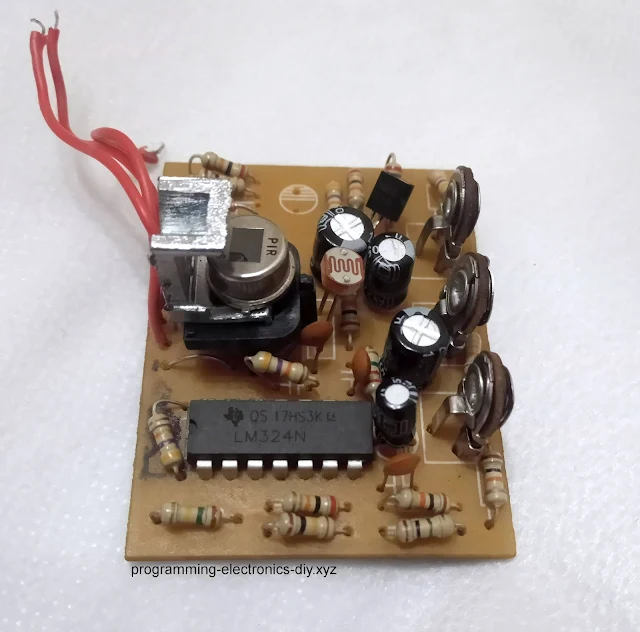There are many ways to control a seven segment display - using a dedicated IC or shift registers which are preferred because they don't require many pins. However this library is made for when you have the segments driven directly from microcontroller pins and each digit is controlled using a transistor.
You have the option of padding the numbers with zeros and displaying them at a certain position, useful for making digital clocks.
To see this library used in a real project, check out this video Digital Clock With RGB Night Lamp & Spherical Shelf.
What is a 7-segment display
As the name suggests it is a display that is made up of 7 segments. Each
segment is simply an LED. Including the dot there are actually 8 LEDs and this
fits perfectly on an 8-bit microcontroller's port. This display is mainly made
for numerical values but some alphabetical characters can be displayed as
well.
Types of 7 segment displays
There are two types of seven segment displays - common cathode and common anode. Common cathode displays have all the ground sides (cathodes) of the LEDs connected together while common anode displays have all the positive sides (anodes) of LEDs tied together.
The 7 segment display can have from 1 up to 6 or 8 digits. One digit can
display numbers from 0 to 9 and a dot for numbers with decimals. On 4 digit
seven segment display the maximum number that can be displayed is 9999.

|
|
Figure 1: Internal equivalent circuit of a 7 segment display
from OPD-Q5621LE-BW datasheet |







